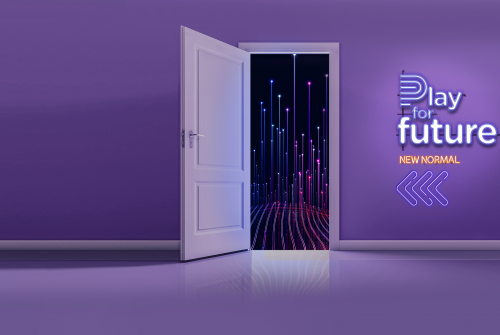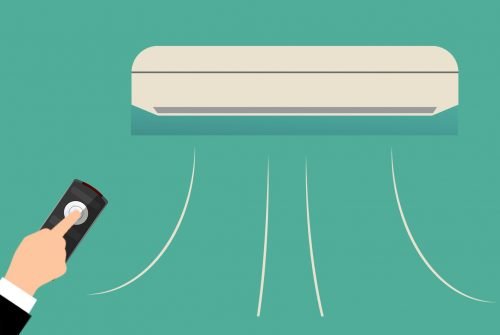News of the week selected by Impactscool – June 1st
1 June 2020 | Written by La redazione

Frank Sinatra sings Britney Spears
The OpenAI company has recently developed a new neural network, called Jukebox, which, as its name suggests, is able to create covers of famous songs using the style of over 9000 singers. The algorithm behind the AI is trained by listening to the songs of the artist whose style you want to imitate, so the algorithm does the rest, once you have chosen the song you want to transform the game is done. Curious about the result? Try listening to this cover of Britney Spears’ Toxic with the unmistakable voice and style of Frank Sinatra.
Collect the energy of wind, sun and waves in one go
The startup Sinn power has developed a maritime platform capable of generating energy from the sun, wind and wave motion simultaneously. The idea of this startup is not new and there are already plants devoted to efficiency and sustainability that exploit one or a combination of these elements to supply electricity in remote areas. What is innovative is the modular structure. Each floating unit or module consists of four systems to generate energy from the wave motion, moreover, for regions where the sea is unable to generate a large amount of energy, the unit can also be equipped with a series of photovoltaic cells from 20 kW. Likewise, up to four small 6 kWp wind turbines can be equipped, and finally a combination of all three is also possible, optimally exploiting the environmental conditions surrounding the platform. Each platform can then be connected with others, making the system expandable at will according to the needs. The startup hopes to create the standard for the supply of clean energy for islands or coastal areas.
Those with hypertension should limit their intake of salt, but salt-free food could make it more difficult to strictly follow this diet but with the arrival of this device things could change. It’s called Norimaki Synthesizer and is able to simulate any flavor on our language. The cylinder, created by a researcher from Meiji University, houses 5 particular gels, each linked to one of the flavors (sweet, salty, sour, bitter, umami – which is the flavor linked to glutamate). By modulating the intensity of a weak current that is transmitted through the electrolytes present in these gels, it is possible to decide which combination of flavor to create. The creator of this device, Homei Miyashita, compared the manipulation of taste perception with our perception of images on video monitors. Our eyes see beautiful images on the screen, but in reality they are simply observing a series of red, green and blue pixels that continuously pulsate in various combinations and intensities. In the future this device could help those who need to make particular and unpleasant diets, or lead to the creation of new sectors such as virtual tastings or could allow chefs and restaurateurs to test their creations before preparing them.
Researchers from Germany’s Bayreuth University have developed a device capable of emitting ultrasounds concentrated in specific points in the air. The precisely modulated sound waves give the illusion, if you place your hand in the right place, to touch points suspended in the air. Using this technique, they were able to allow a blind person to read a braille text suspended in the air. This technology – which consists of a 16 x 16 grid of tiny ultrasound speakers – can be used to detect the user’s hand up to a distance of 70 centimeters. He can then project Braille text directly onto the palm of his hand. This device could have countless applications as it represents a new solution for reading information in public spaces such as elevators, ATMs, city maps and information booths for the blind. The use of this technology could also benefit those who can see by providing a combination of visual and tactile feedback, for example by imagining pressing the buttons in midair or combining ultrasonic feedback with virtual reality technologies.





